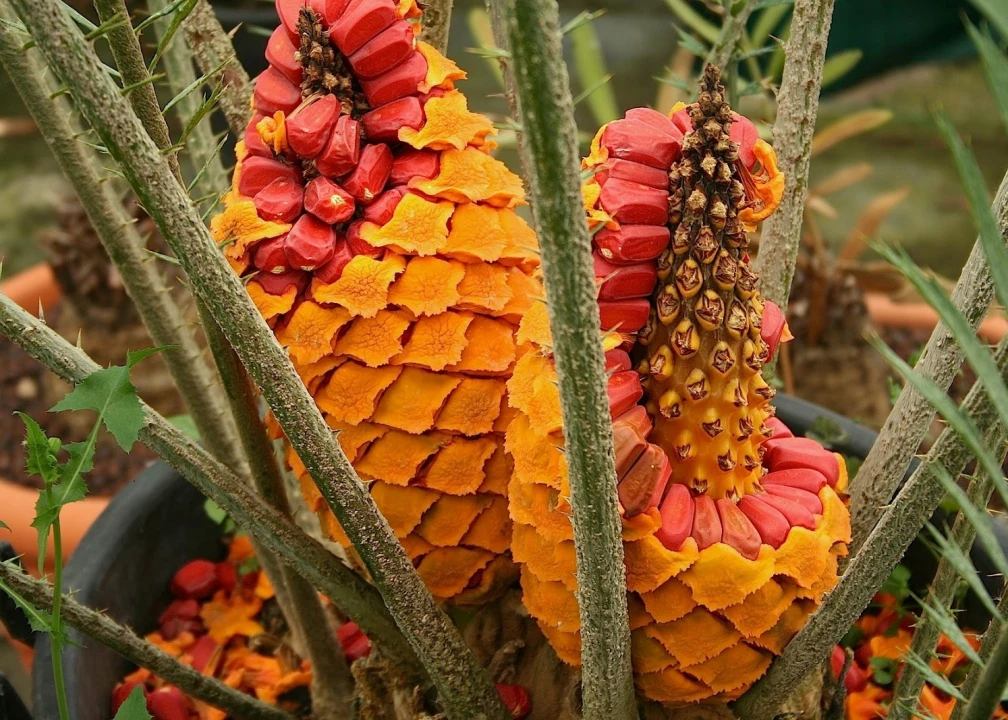At the northern end of Liguria, a few kilometers from the French border, is the Boccanegra Garden, 4 hectares of terraced land sloping down to the sea, an exquisite example of acclimatization of plants from Mediterranean climates from all around the world.
The first traces of the territory date back to 1554, but it is especially in the last two centuries that the various owners have contributed to give it the current appearance. Among these, there are the MP Giuseppe Biancheri, who in 1865 bought it from the Genoese marquises de Mari, friend of Thomas Hanbury, and his head of the garden, Ludovic Winter, who introduced many roses, including the bankers that still decorate the wall of division from the Via Aurelia.
Between 1906 and 1923 Ellen Willmott, a wealthy English heiress and landscape architect, had two water reserves built, drew paths and walkways, planted exotic species of all kinds, date palms and a row of eucalyptus trees. In the second half of the 1950s, Mario Sertorio, a Piedmontese paper manufacturer, created a second belvedere terrace, after the original one overlooking the garden and the sea, the opus incertum flooring in front of the house and the stone flooring of the path and the greenhouse near the orchard garden, and enriched the ornamental greenery at the house. Later inherited by the Piacenza family, who had created the famous Burcina Park on the hill behind the factory in the Biella area, now a special nature reserve of the Piedmont Region, in 1983 the Boccanegra garden finally passed into the capable hands of Guido Piacenza and Ursula Salghetti Drioli, both excellent botanists.
From 1983, the current owners have removed the spontaneous Mediterranean plants and those that had naturalized, growing over the "noble" vegetation, trying to bring the garden back to the sense that Ellen Wilmott wanted to give, emphasizing exotic and valuable species. Later on, they introduced countless new species, mostly from Australia, South Africa, Chile and California, mostly obtained from seed, fighting against the extreme summer aridity of the garden and the shallow and sloping soil. By limiting the arboreal species, they focused mainly on the perennial grasses and the Mediterranean climate bulbs.
The garden has different areas, each with a different microclimate. There is a Mediterranean forest of holm oaks, cypresses, Aleppo pines, manna ash trees and phyllites. Then there is a dry rock of succulents, lavender, rosemary and scabies. There are two olive groves. There’s a vegetable garden and an orchard. Then we have the steep land on the sea left to the spontaneous flora. Finally, we have the area near the house, dedicated to tropical plants most in need of water and attention, the only one with irrigation system: Boccanegra is in fact a natural garden.
FloraPlants of note: Agathis robusta, Encephalartos sp., Peumus boldus, Quercus ilex, Pinus halepensis, Pinus sabiniana, Pittosporum tobira, Chamaerops humilis, Cotoneaster pannosus, the lentisk (Pistacia lentiscus), the Rhamnus alaternus. Among the climbers, Jasminum heterophyllum, Senecio angulatus and Senecio deltoides, both from South Africa, and Smilax aspera. Among the essences coming from arid climates: Aberia caffra, seneci, Polygala myrtifolia, bulbose from Mediterranean climate, a collection of about fifty species of aloe, many agave, Loxostylis alata, Eriocephalus africanus; many roses suitable for warm climates (among which varieties of Rosa banksia, Rosa laevigata, Chinese and Indian hybrids, the rare variety 'Sénateur Lafollette', created in 1910).




